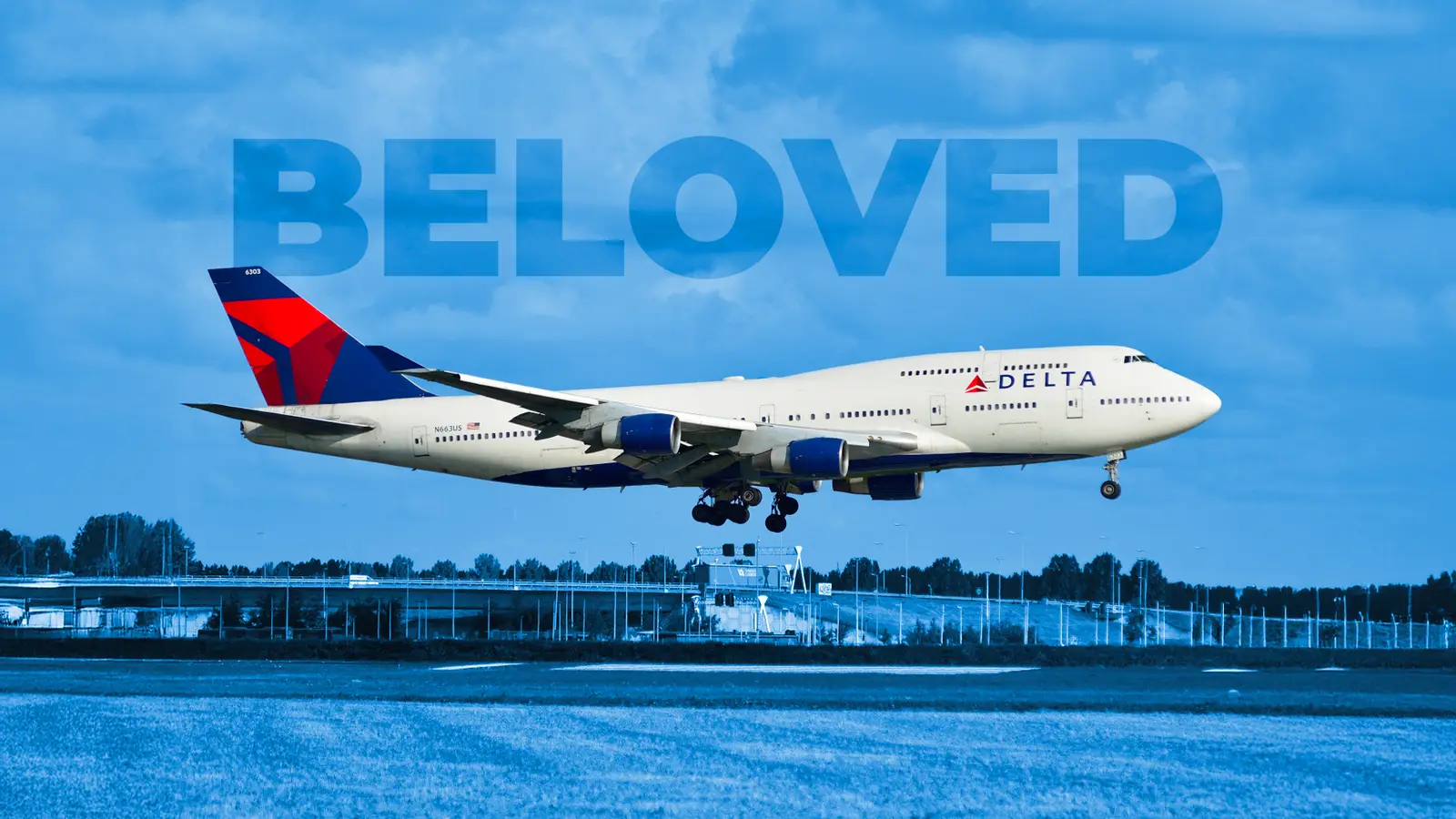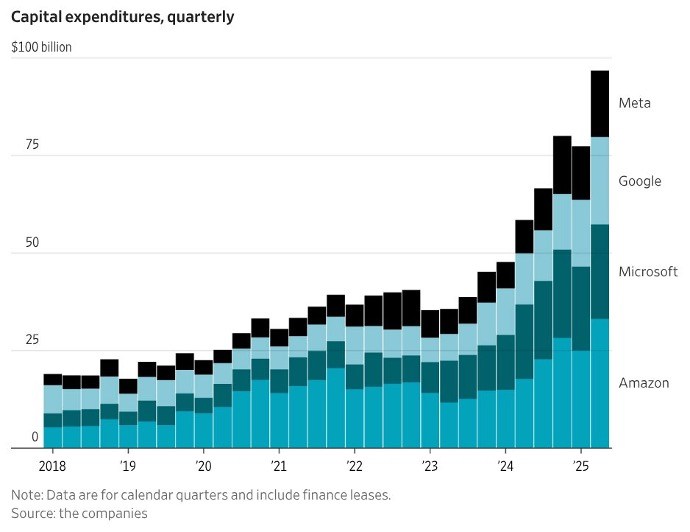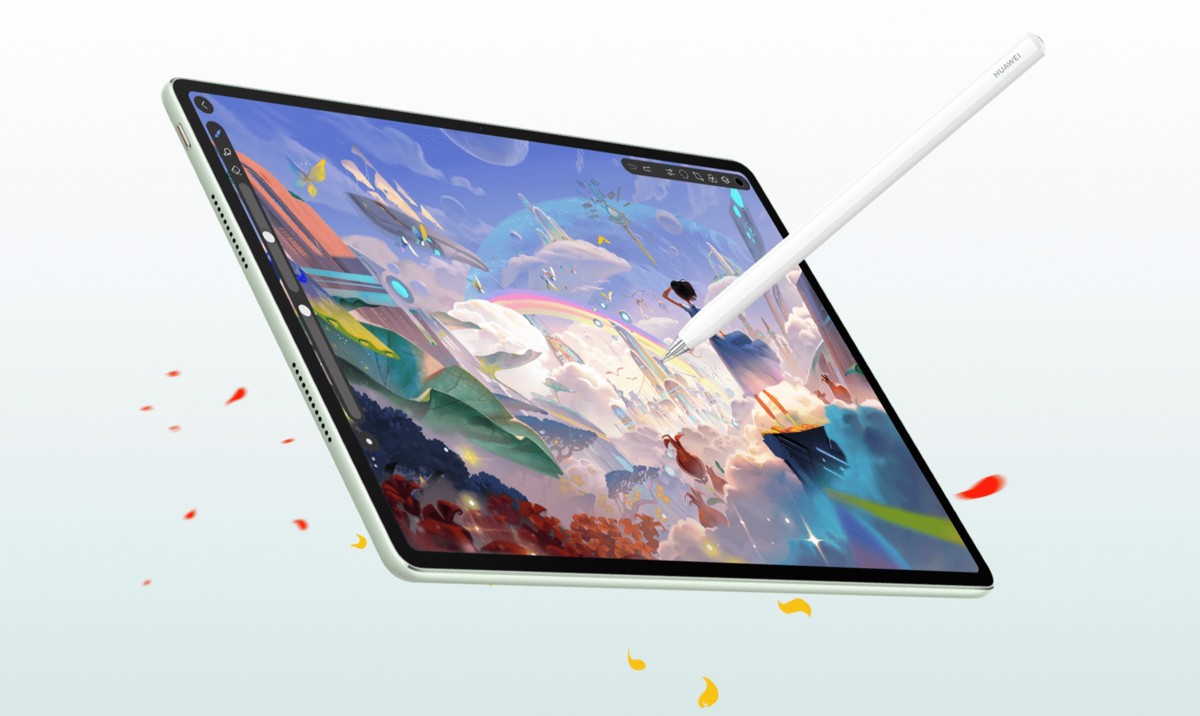
During the jet’s last few years at Delta Air Lines, the Boeing 747 enjoyed a brief spurt of renewed popularity. Av geeks and flyers actively sought it out, knowing they were catching the last chance to ride the “Queen of the Skies” before it disappeared from US passenger service. Whenever the airline announced a final routing or a domestic farewell tour, seats were in high demand, and the final flight from Detroit to Seoul in December 2017 departed completely full.
From a business standpoint, the aircraft was still attracting healthy passenger loads and brought in profitable belly cargo on transoceanic routes. In that sense, it remained as popular as any long-haul widebody in the network. The problem was cost, not demand. Compared with the Airbus A350-900s Delta had on order, a 747-400 burned roughly 25% more fuel per seat and required a complex maintenance program that was quickly becoming uneconomical.
The fleet was down to single digits, and the next round of heavy-maintenance checks would have been extremely expensive. The airplane was beloved by passengers, employees, and av geeks right up to its retirement, but its operating economics no longer made sense for the bottom line. The ending of the story is a foregone conclusion, but let’s explore the interesting events that led to a brief time when Delta was the last US carrier to fly the “Queen of the Skies.”
Delta’s Big Merger
Delta retired the first 747-100s and 747-200s it ordered by 1980, but it chose to keep the 747-400 models gained from Northwest Airlines (NWA). When Delta and Northwest merged in 2008, the new airline suddenly had a Pacific network that was much larger than anything Delta had operated before. At the time, it was the only aircraft ready to keep Northwest’s transpacific routes intact without compromising seat or cargo capacity. Simply continuing to fly the big jets required little extra investment.
Northwest had spent decades building a network from Detroit, Minneapolis, and Seattle to Tokyo, Seoul, Shanghai, and other key Asia-Pacific cities. The aircraft NWA relied on to serve those routes was the Boeing 747-400, which could carry 400 passengers and a heavy cargo payload while still making the distance required, even during the strong winter headwinds found over the North Pacific.
When the merger closed, Delta did not own an aircraft with the same combination of capacity and range. Its largest type was the 777-200ER, roughly seventy seats smaller and unable to even come close to matching the 747’s lower-deck cargo volume. In the most dense airports, like Tokyo Narita and Seoul Incheon, Delta could not simply add extra flights to make up the difference. Keeping the 747s in the schedule was the only practical way to protect the network that Northwest had already sold to its customers.
The Queen’s Last Dance
The financials agreed with the logistics in the case of the merger and the 747. Northwest’s 747-400s were from 1989 to 2002, so most of their original purchase prices had already been depreciated. The ownership costs were low, and withdrawing them immediately would have required Delta to simultaneously spend more on replacements and lose income from the capacity disparity. That only remained true for a short time because of the jet’s age, but all the same, the 747s got a new lease on life.
In 2008, the Airbus A350 and Boeing 787 were years away from first deliveries. So the only option would have been to buy more 777s, but the airline was looking for a next-generation platform with higher efficiency. The existing market demand for the 747 at the time of the merger meant that it could actually outperform the 777, despite its higher fuel burn and maintenance. Fortunately for the jumbo jets, the odds favored the 747 in 2008.
These are the last five scheduled flights that Delta’s 747 flew, according to Cirium.com. Beginning with the very last flight, the itineraries were as follows:
Northwest provided Delta with a turnkey support system for the 747, which eased the transition. This included experienced crews, simulators, spare parts inventories, and maintenance personnel trained on the aircraft’s structure and systems. Suddenly, dismantling that system while trying to integrate two workforces would have raised both cost and complexity.
In the first few years after the merger, cargo demand across the Pacific remained strong, and the aircraft’s ability to haul passengers, freight, and extra fuel without weight restrictions gave it an edge over twinjet competitors on the longest segments. Eventually, though, the balance shifted. Aging airframes faced expensive heavy-maintenance visits, spare parts became harder to source as other airlines retired the model, while the fuel efficiency of new-generation twins improved even further.
Building The New Delta
Delta and Northwest joined in 2008 to be stronger together than apart, and formed the largest airline in the world at the time. Both airlines had just come out of financial straits and after years of high fuel prices and tight profit margins, neither was stable on its own. Merging cut costs on things like headquarters staff, computer systems, and spare parts, plus using their combined size reduced risk and opened up new opportunities.
Doug Steenland, Northwest CEO, said at the time of the merger:
“Today’s announcement is exciting for Northwest and its employees. The new carrier will offer superior route diversity across the U.S., Latin America, Europe and Asia and will be better able to overcome the industry’s boom-and-bust cycles. The airline will also be better able to match the right planes with the right routes, making transportation more efficient across our entire network. In short, combining the Northwest and Delta networks will allow the strengthened airline to realize its full global potential and invest in its future.”
When oil prices spiked to record highs in 2008, the need for sharing costs and pooling resources became even more important. The deal gave the combined carrier more financial depth and a longer list of destinations to sell to travelers. It moved the airline to a position of dominance in an industry where size often determines survival during downturns.
The 747’s Successor
In 2014, Delta secured orders for the Airbus A350-900, an aircraft capable of flying the same missions with roughly 25% less fuel and lower maintenance expenses than the 747. As each A350 entered the fleet, a 747 went out to pasture. The final scheduled Delta 747 flight, Seoul to Detroit, landed in 201. That was followed by a short series of domestic farewell ferry flights before the aircraft arrived at the boneyard in the Mojave Desert in January 2018.
The final double-decker that Delta dispatched to the breaking yard had a sentimental journey for aircrew and passengers alike. CNN covered its final flight to Marana, Arizona. As the mighty jumbo jet rolled down its last taxiway, flight attendant Stephanie Nielson announced to the passengers who accompanied the iconic airplane on its final voyage, saying:
“We’d like to welcome you to the boneyard. Now we say farewell to the queen, the last queen, it’s her last voyage, her last touch down.”
Delta Air Lines’ A350-900 aircraft marked a significant advancement as the airline’s first new long-haul platform since the 777’s introduction in the late 1990s. Today, ship 6301 resides in Atlanta as a monument to the awesome 747s that flew for Delta over the decades. The plane chosen was a special one; it was the very first 747-400, and served as a test bed for Pratt & Whitney, as the Delta Museum records.
Airbus Takes The Stage
The A350’s initial configuration accommodates about 100 fewer passengers than the jumbo jet it replaced. It can carry 32 in Delta One suites, 48 in Premium Select, and 226 in economy, depending on the cabin layout. The Airbus makes up for the capacity drop with more efficient fuel burn and lower lifetime costs in operation and maintenance. The cabin is much more modern and comfortable than the 747 it succeeded.
The Airbus A350 radically transformed the economics of Delta’s long-haul operations. Rolls-Royce Trent XWB engines and carbon-fiber composites are a quantum leap in technology over the four-decade-old 747. Starting on transpacific routes, the A350’s extended range has helped Delta to launch new routes, including destinations in Europe, Africa, and Australia. Its capability to handle full cargo loads on globe-trotting routes is also very important in the era of e-commerce.
All In On Airbus
Initially limited to 25 aircraft, Delta’s A350 fleet has evolved, including the acquisition of airframes from LATAM Airlines and taking over a pending order worth $3 billion in 2020. The modernization strategy facilitated phasing out older 767-300ERs, moving the A350 to the backbone of the airline’s intercontinental operations in the present day.
Delta also formed a partnership with LATAM when it took over the jets, Delta’s CEO, Ed Bastian said at the time:
“This transformative partnership with LATAM will bring together our leading global brands, enabling us to provide the very best service and reliability for travelers to, from and throughout the Americas. Our people, customers, owners and communities will all benefit from this exciting platform for future growth.”



